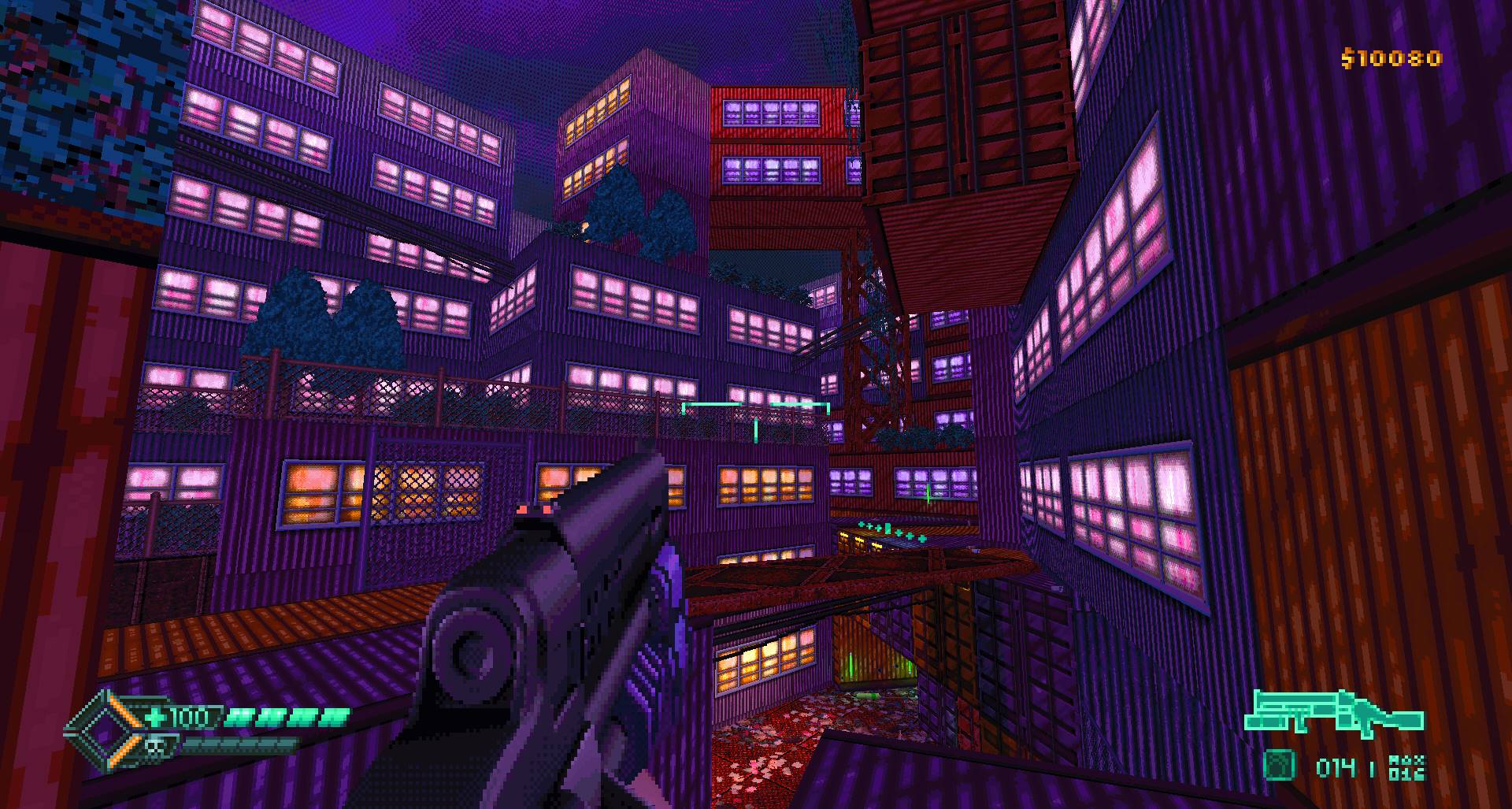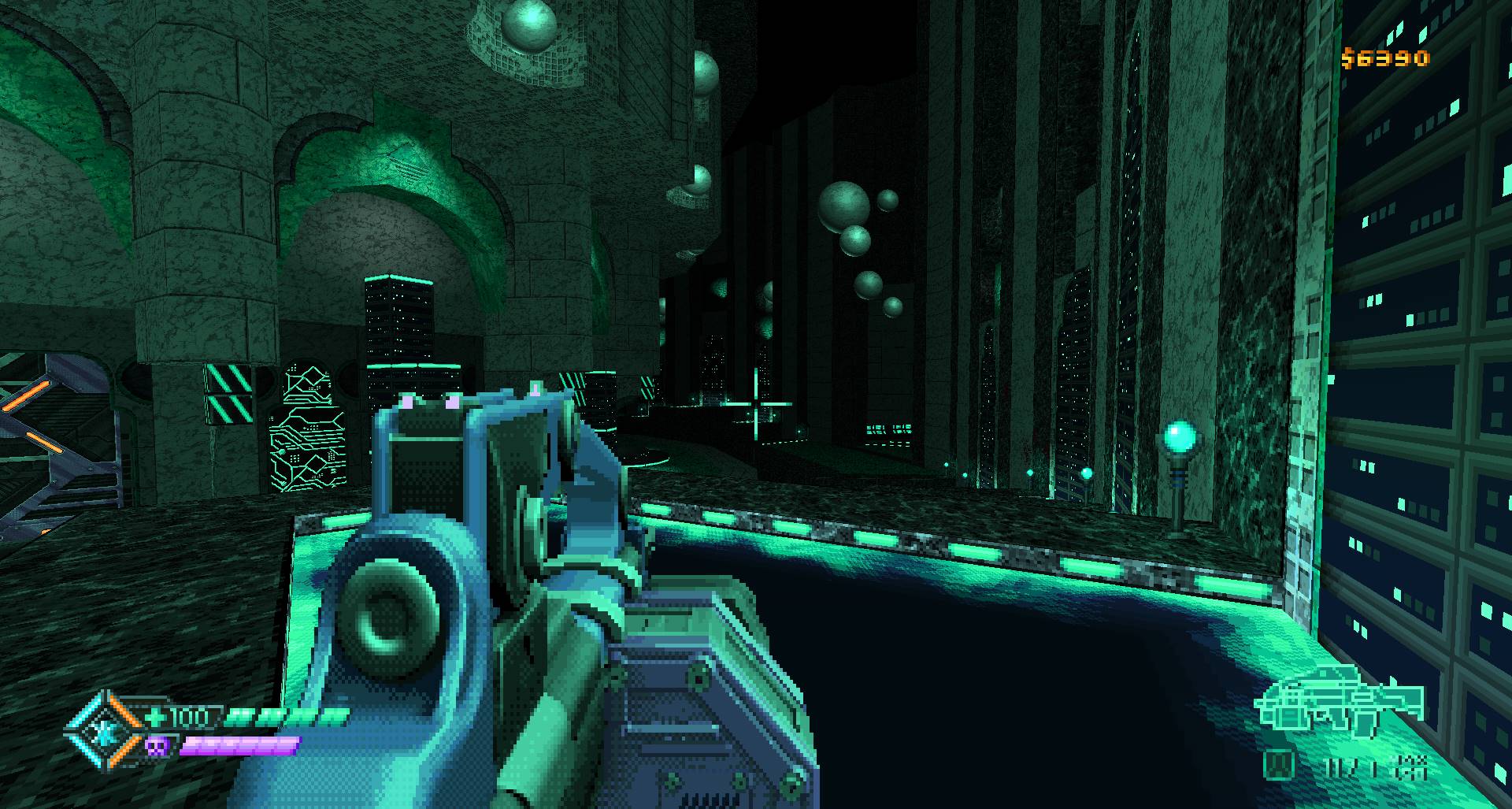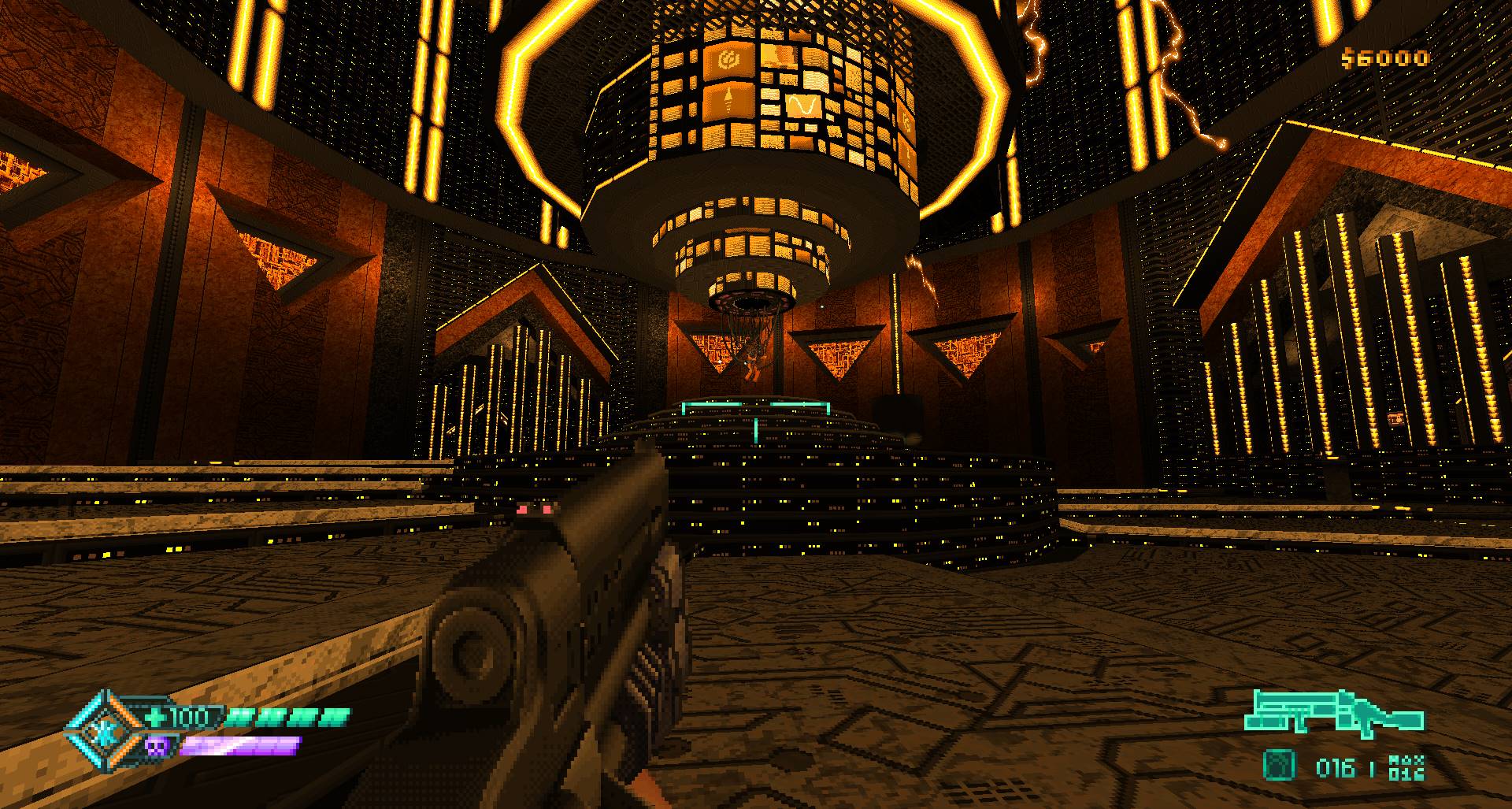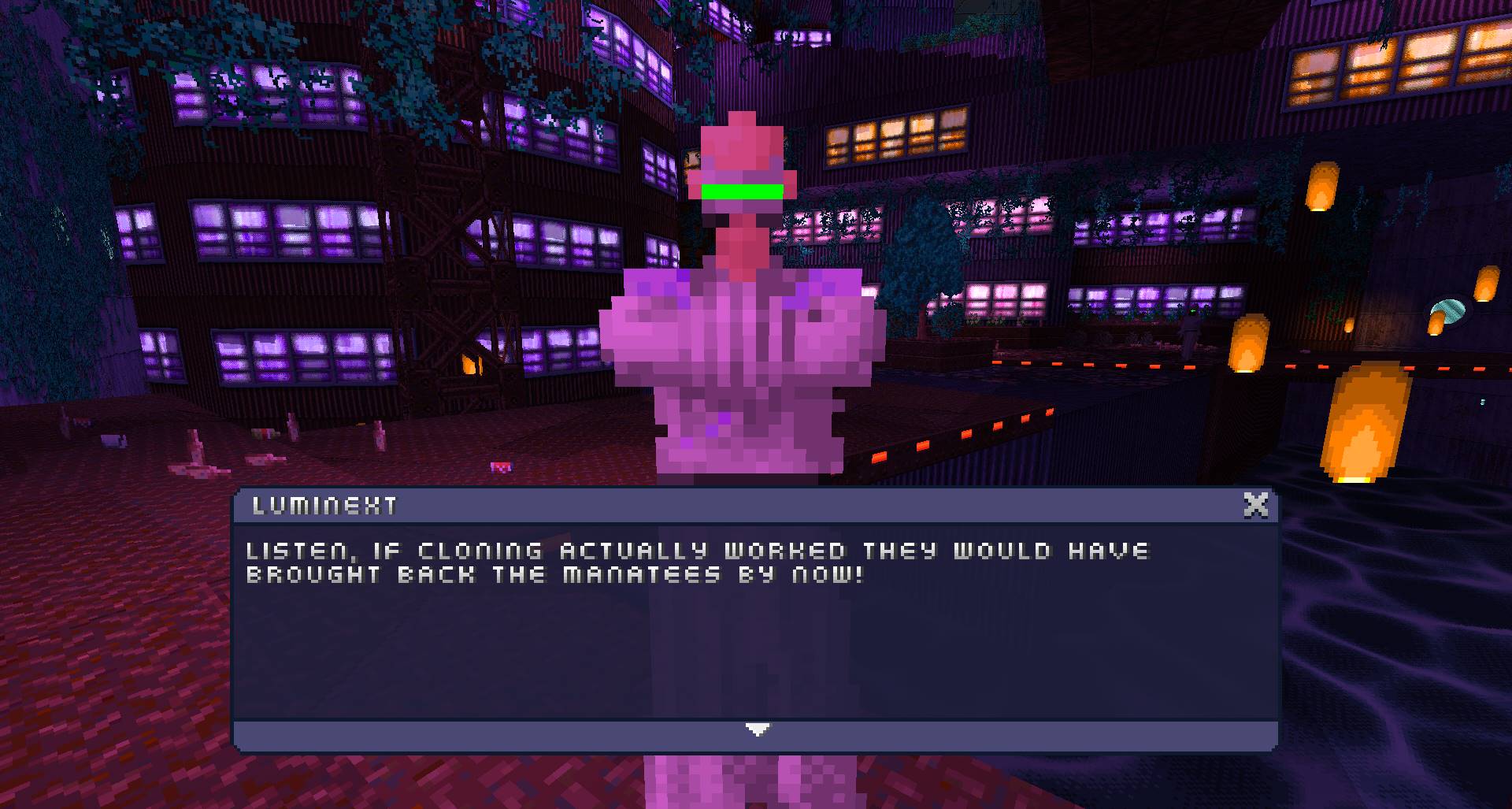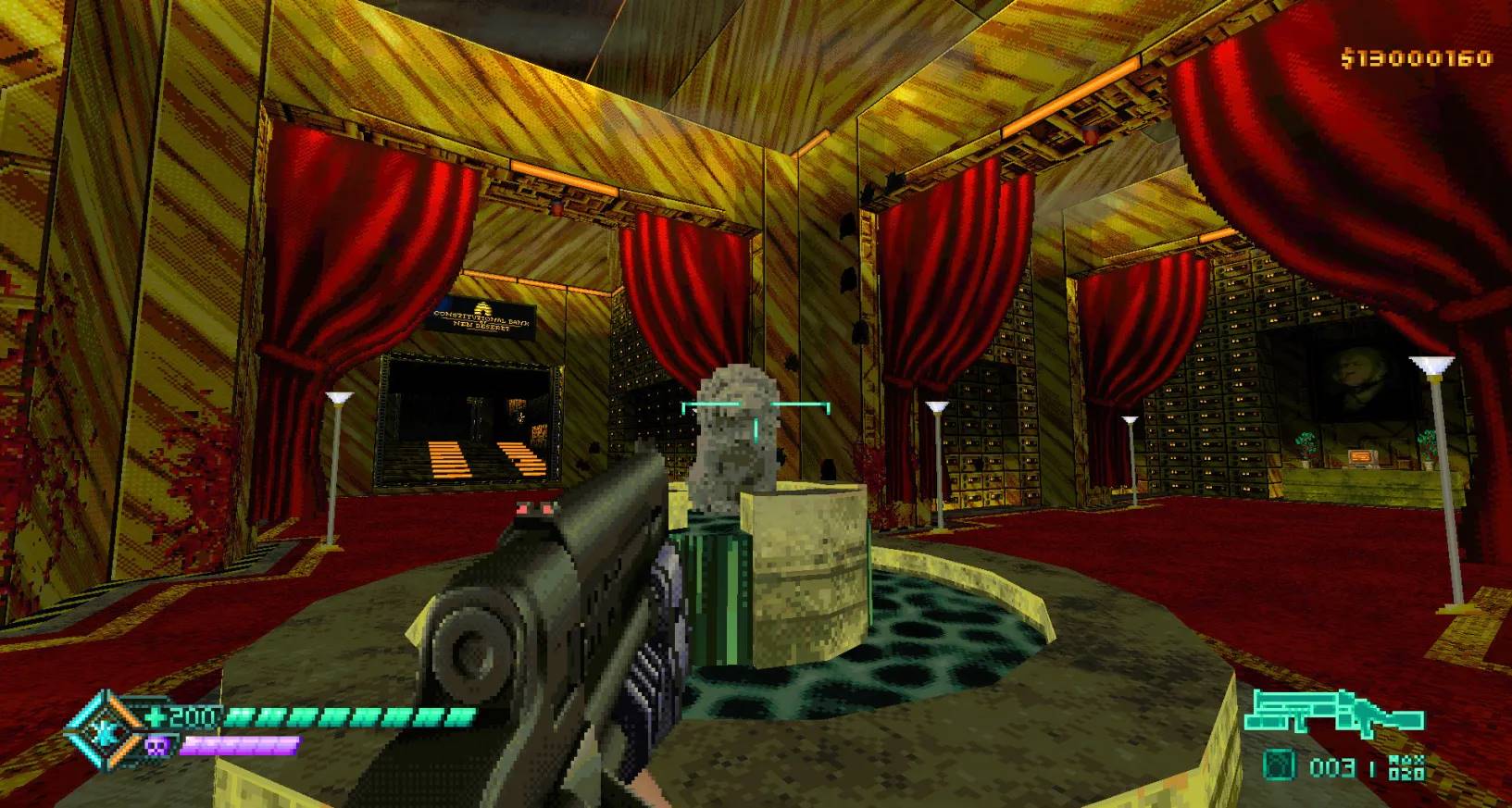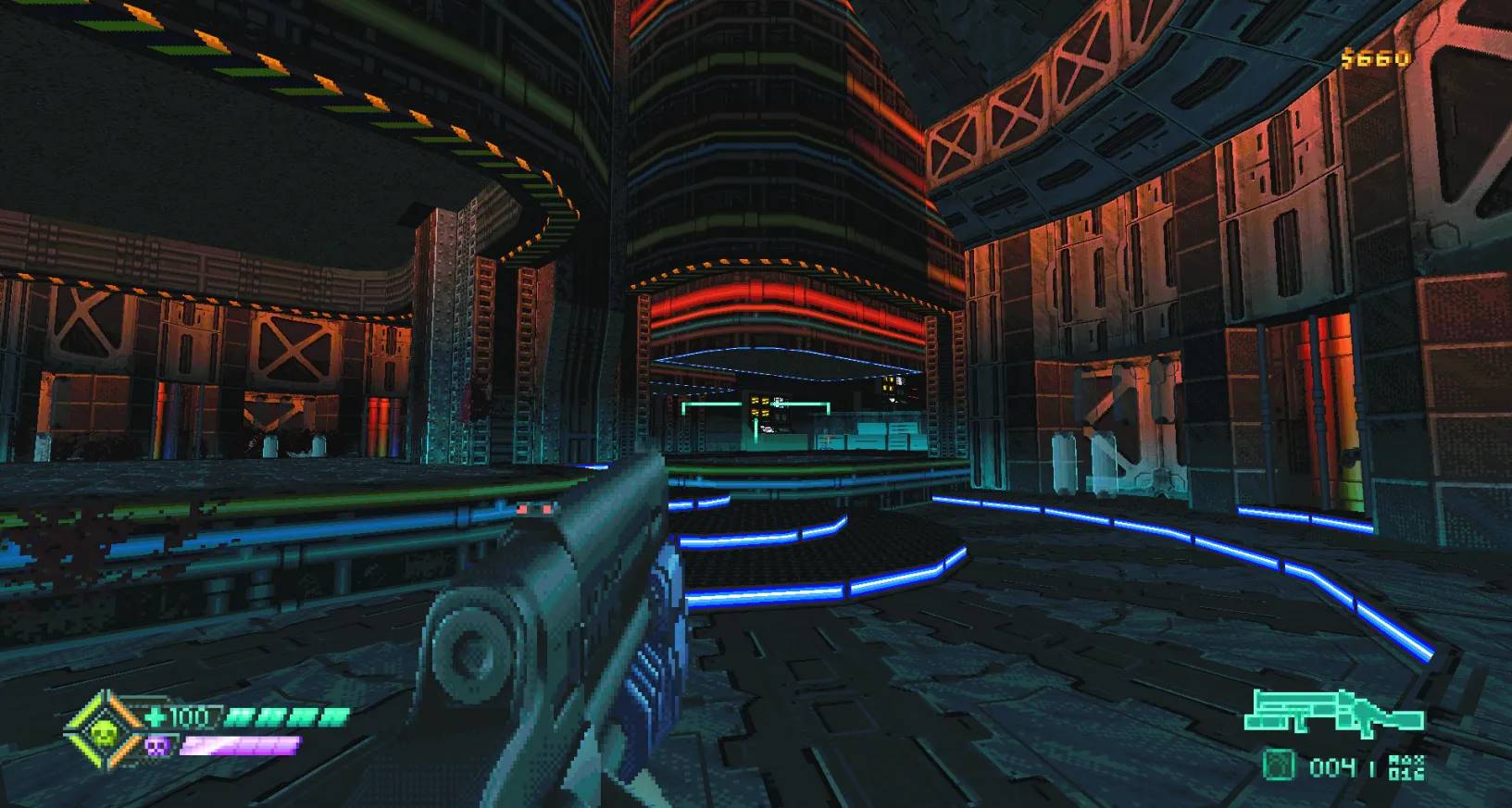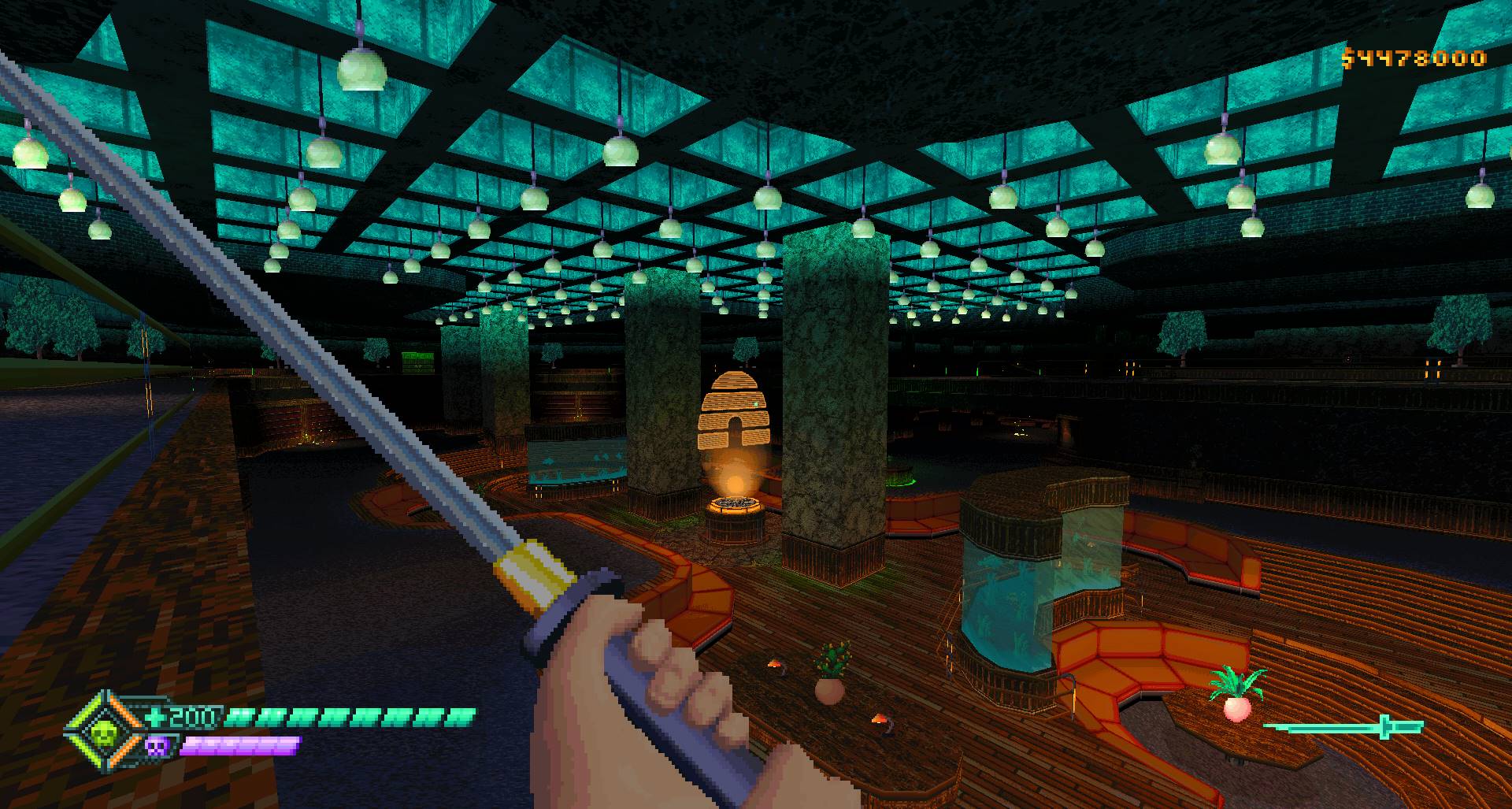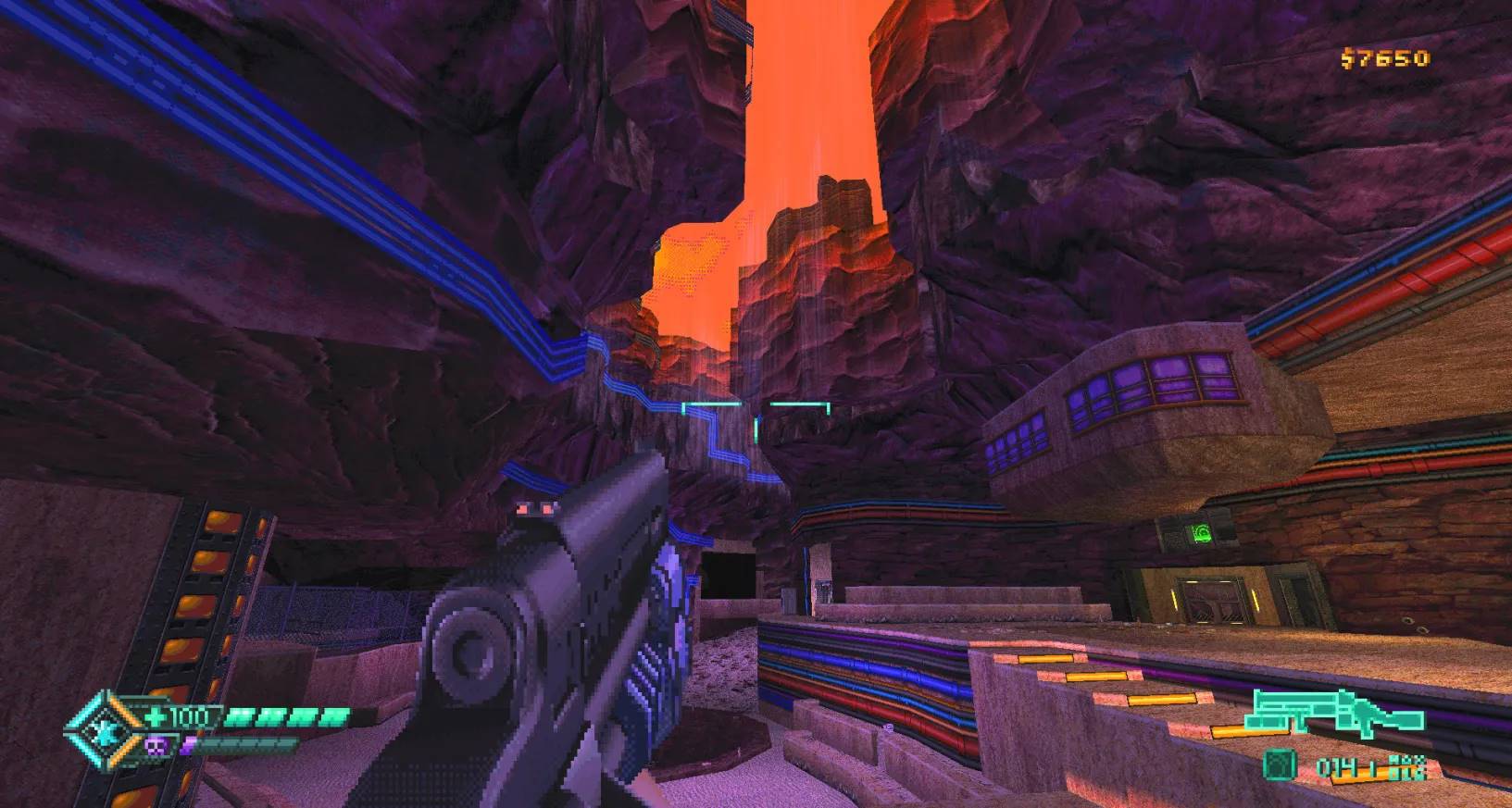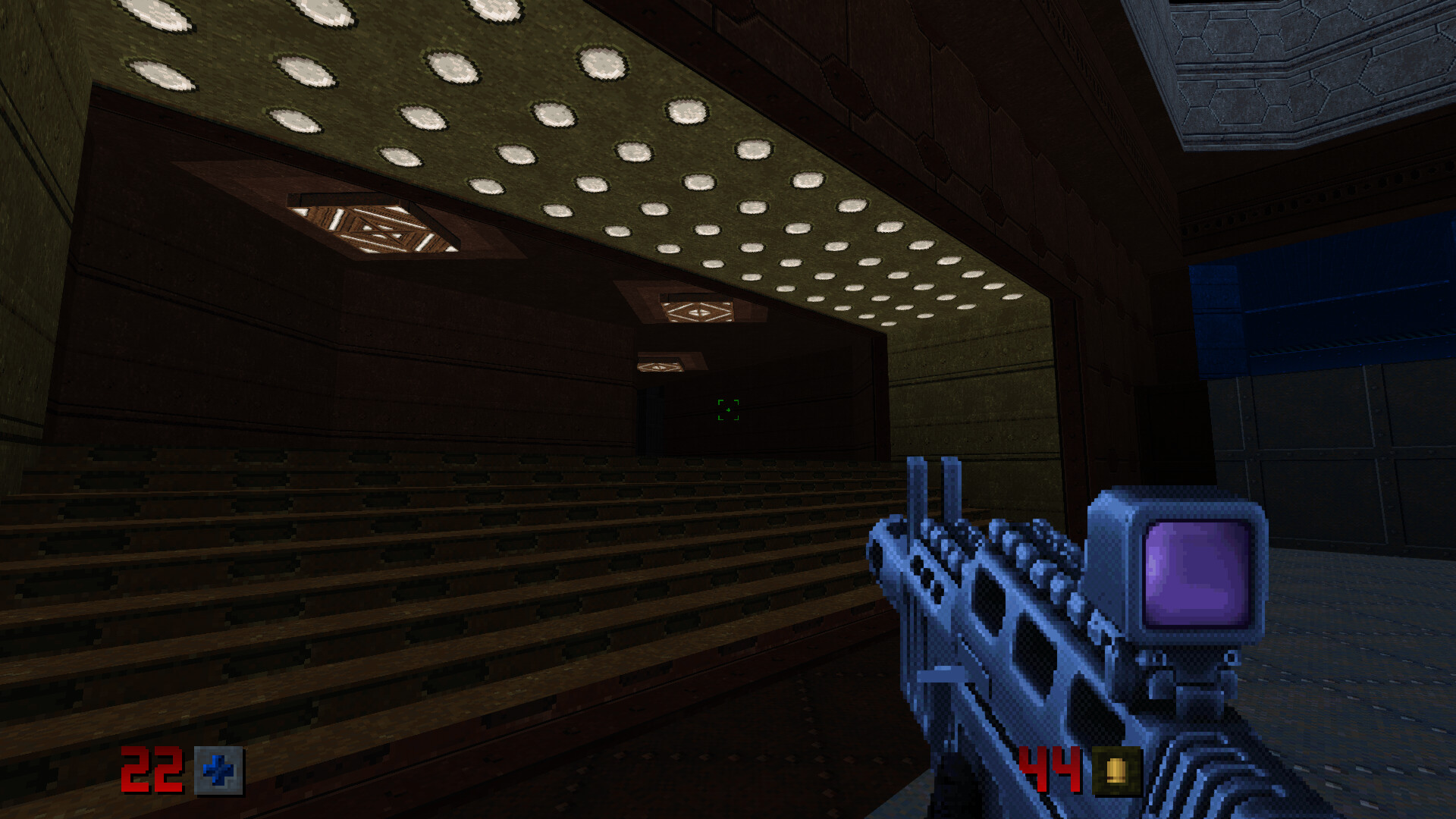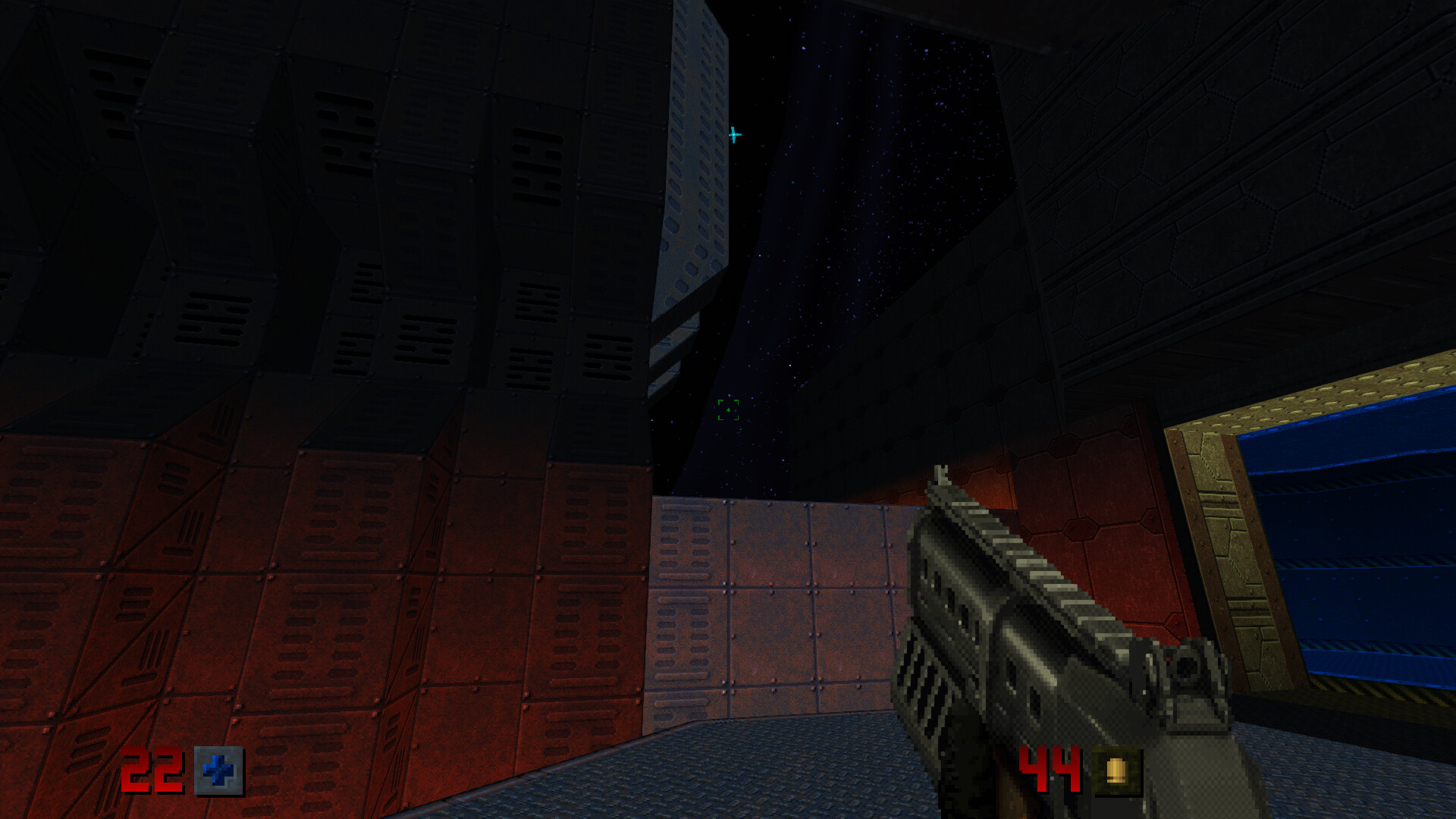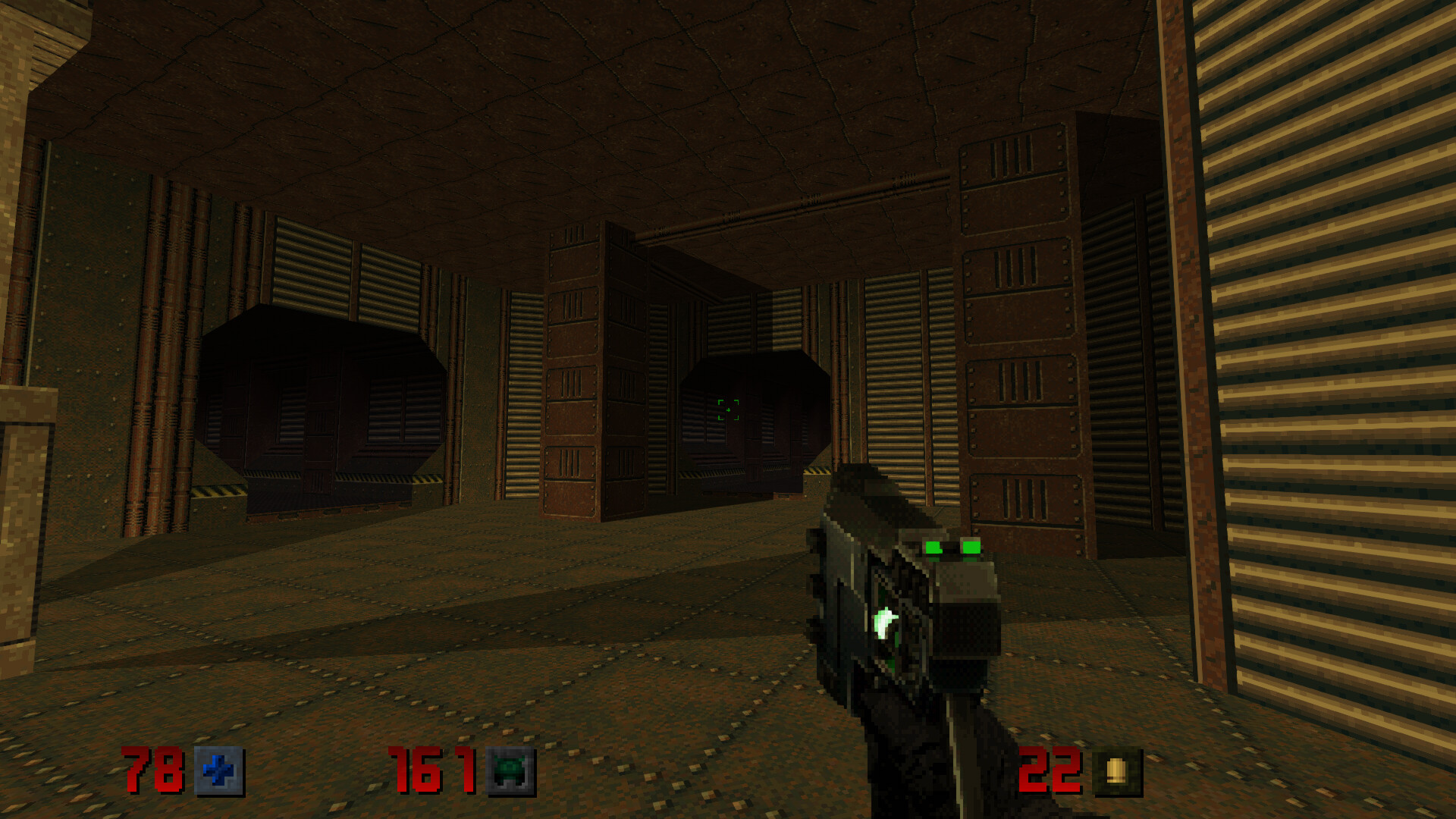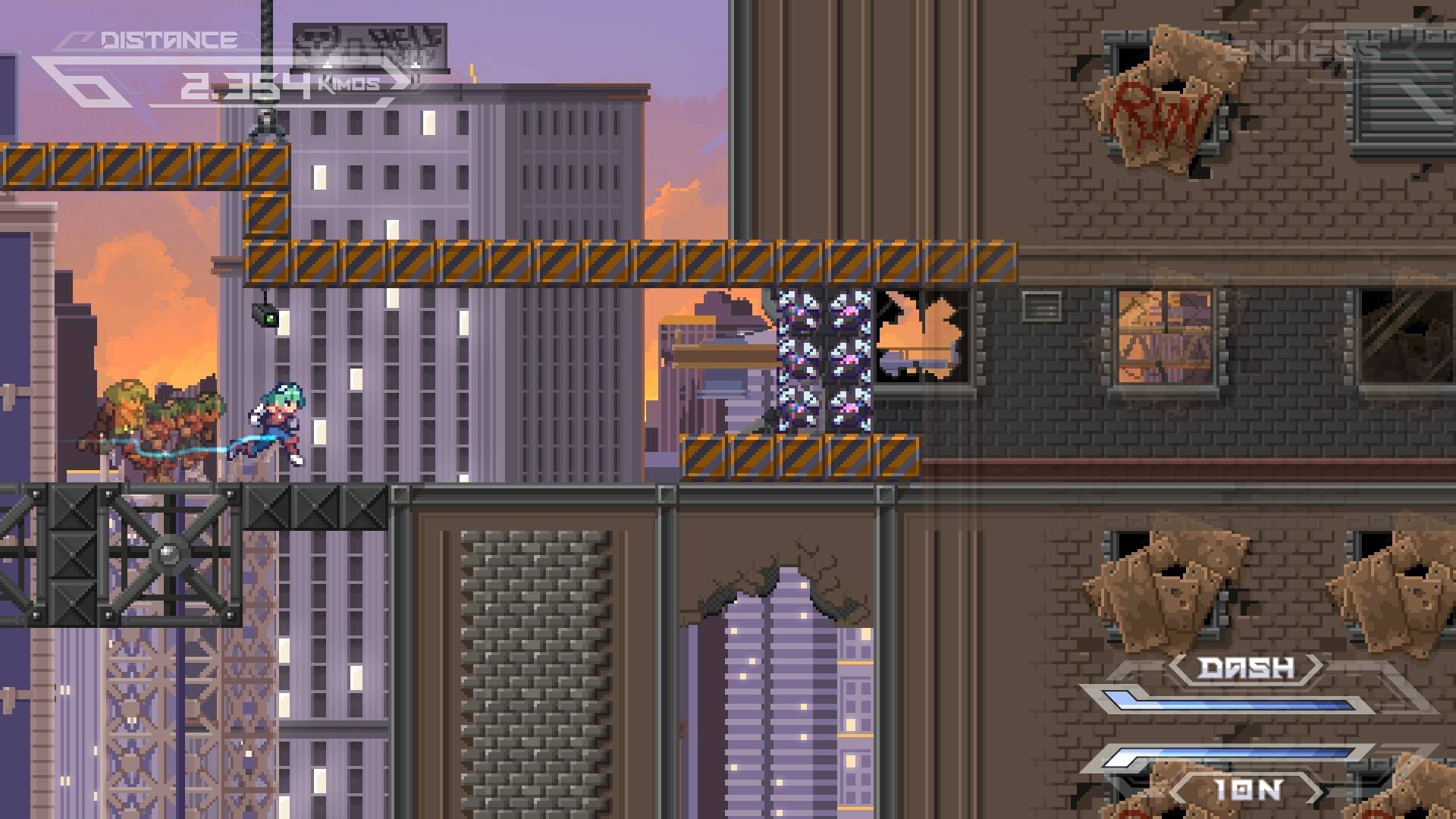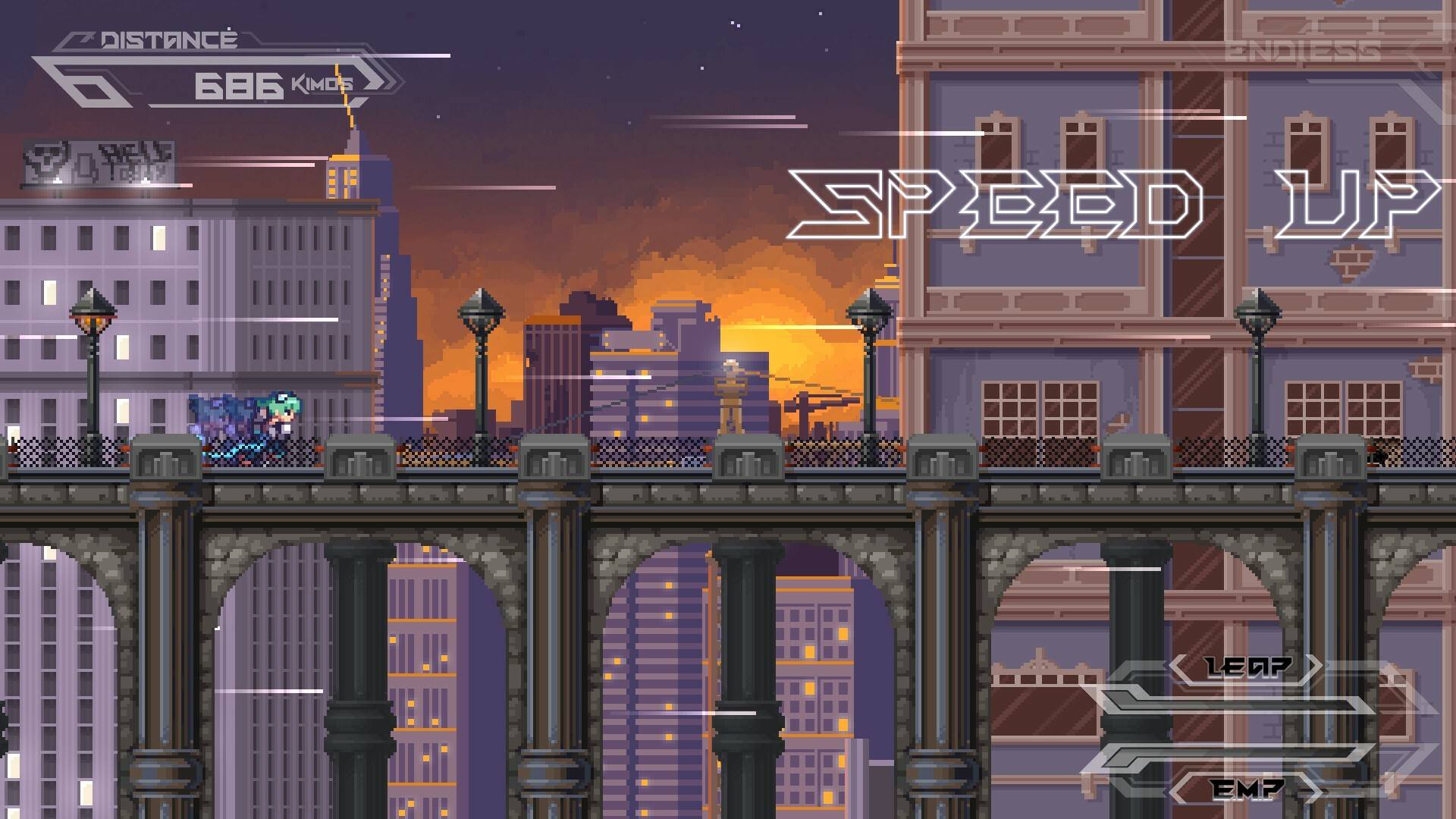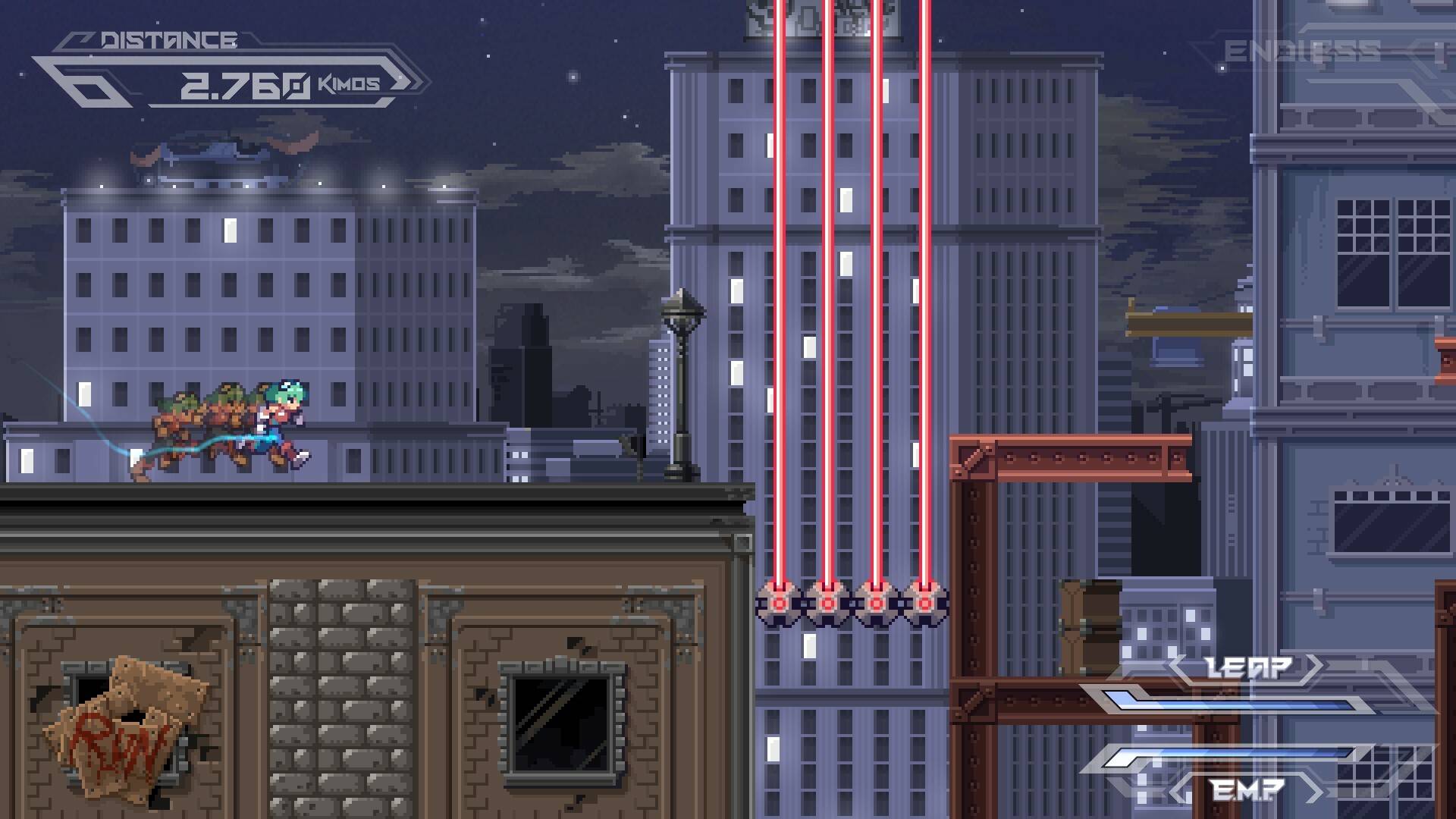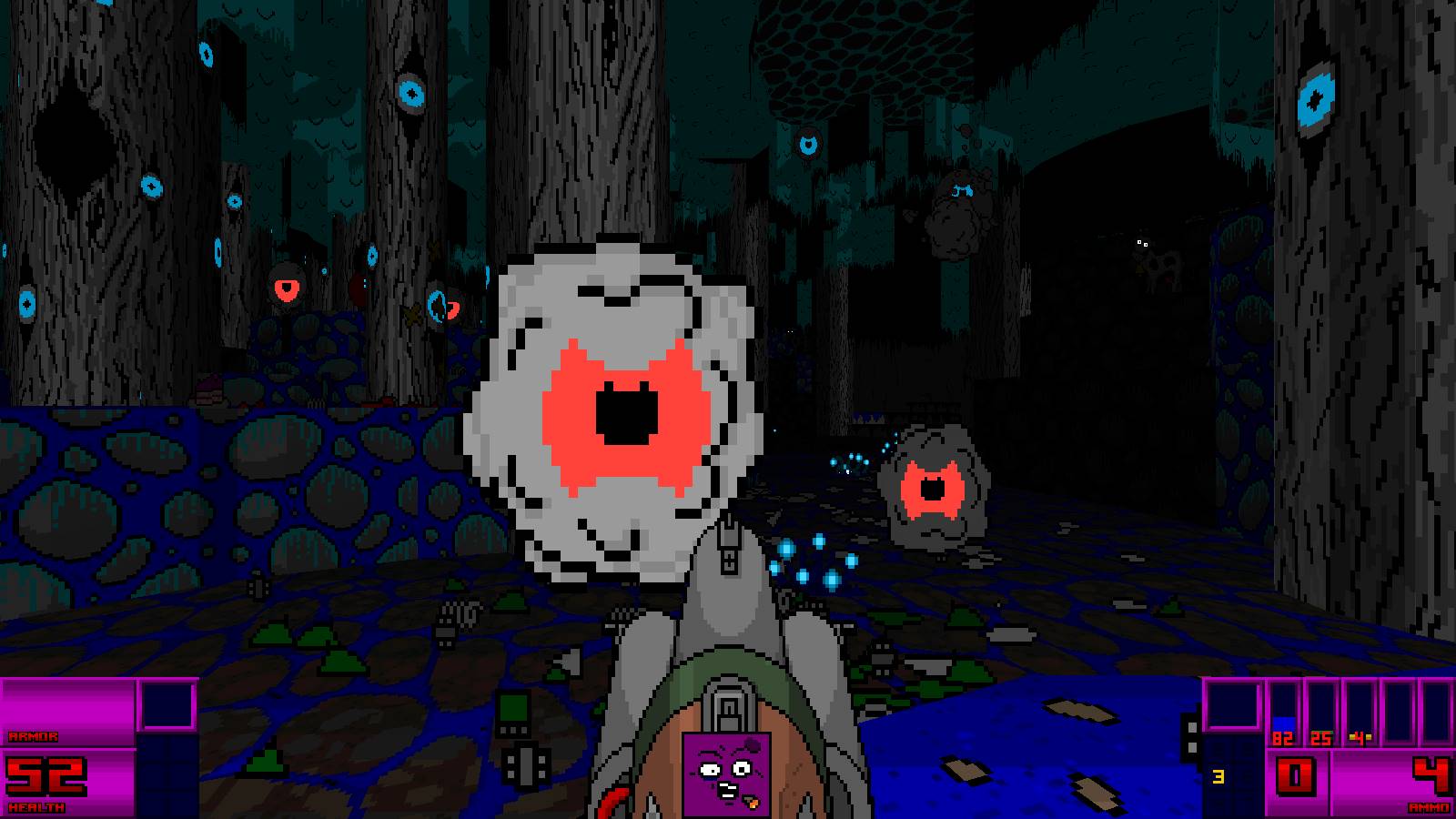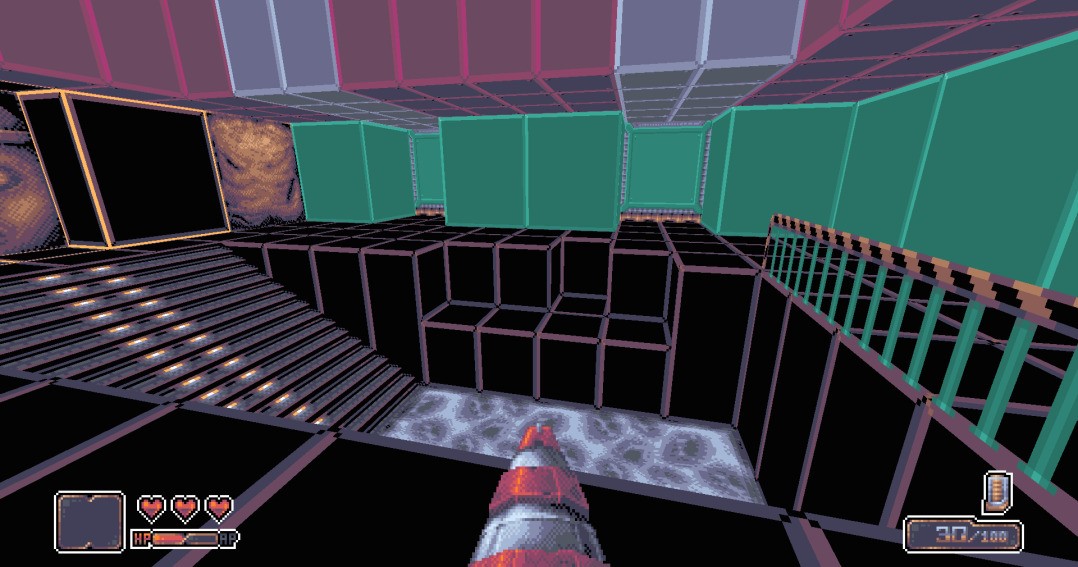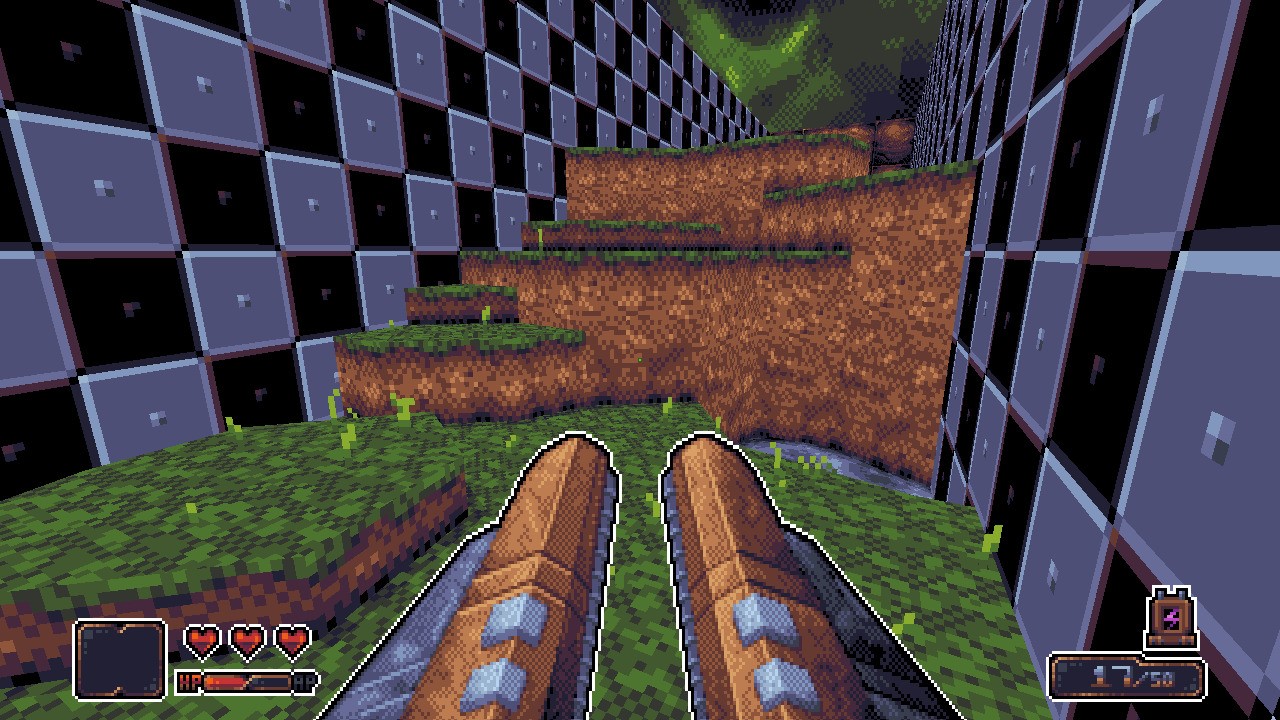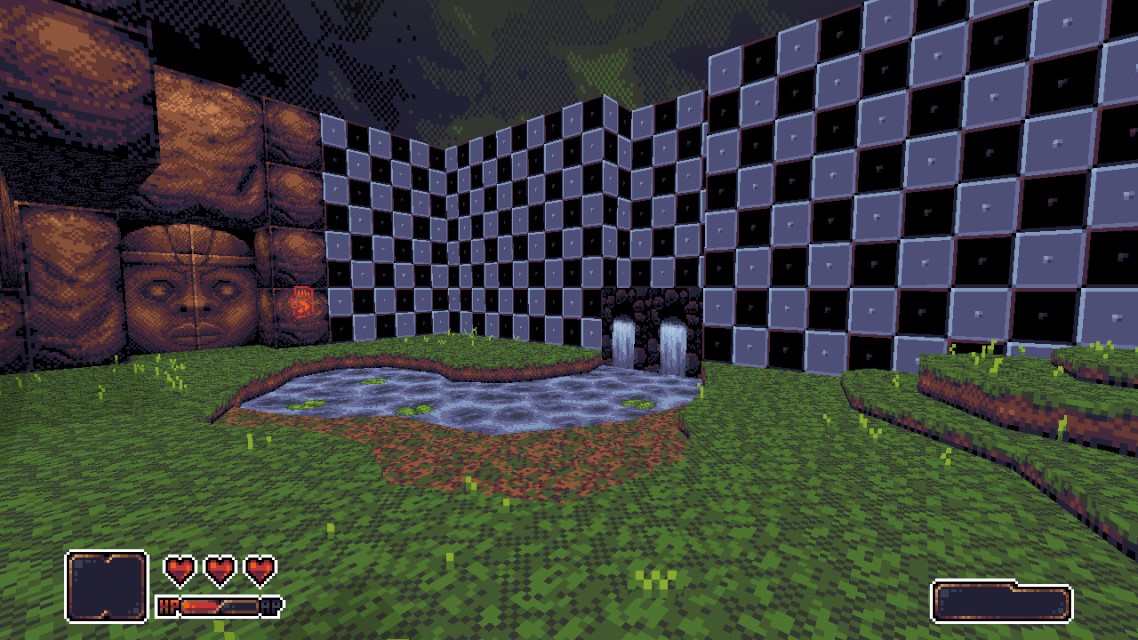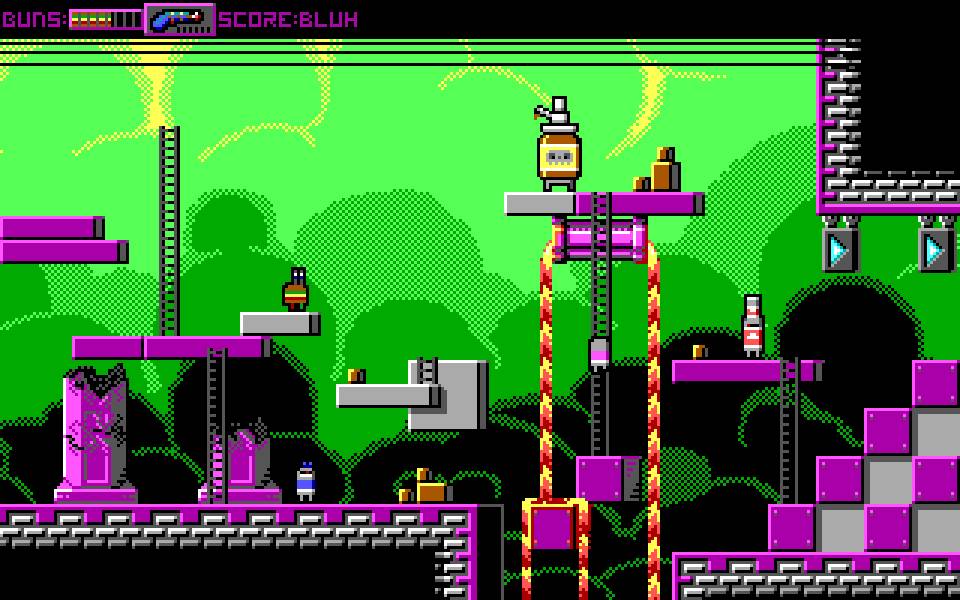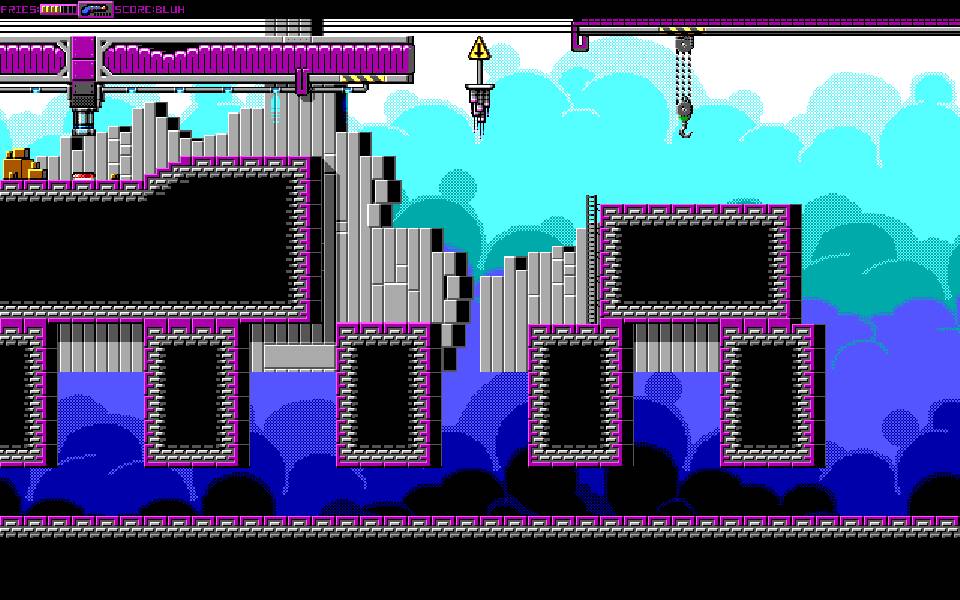Beyond Sunset - Metacorp/Vaporware
Beyond Sunset is a first person shooter set in an alternate future where quantum computing was invented and made viable in the 70s. You play as the cyborg street samurai Lucy as she tries to work her way up the ranks of the Luminext and find out who she really is.
My responsibilities on this project include but are not limited to:
- System and AI design
- Asset creation
- Level design
- Arena design
- Event scripting
- Shader programming
"It's interesting to see subtle changes make huge differences... It's all very tight in terms of it's mechanics, clearly polished and workshopped over and over... No more shoot at it until it dies, you have to learn his patterns and pick up on the subtle audio queues that mean double-jump or slide."
Civvie 11 - ROUNDUP 4 - THE ALLUVION
“Looks really nice!”
John Romero
Final Absolution - Vaporware
Final Absolution is upcoming FPS with survival horror elements. A mysterious force has overrun the deep space colony Gamma Cygnus 4b and corrupted the artificial intelligence that manages the colony.
Run or Die - Team Flow
Run or Die is an endless runner where the player must traverse a ruined cityscape by using several abilities, including a large ion cannon, to clear a path.
My responsibilities for this project included asset creation and QA. I created the tile set used for the level geometry and parts of the background.
The Adventres of Square - BigBrik Games
I did some work on the weapon sprites in the very early stages of development before BigBrik was founded. Since that time almost all of those sprites have been touched up in some way as the project has progressed.
Combat Train - unfinished
Combat Train is an unfinished solo project. Work on the project was suspended suspended after I was hired to work on Beyond Sunset.
This was the final iteration of the project before I started work with Vaporware and is one of the few screenshots showing off some of the constraints I'd decided to impose on level design so that I could evoke the feeling of a pre-Doom FPS. I made a fairly detailed design doc/style guide going over this sort of level design and what could/couldn't be done with it, some of which served as a style guide for the cyberspace sections of Beyond sunset.
This mostly shows off the grass spawner but it also displays a very subtly ambient occlusion where the sides of the dirt meets the grass. This AO differs from the softer AO that is typically seen in modern games in that it matches the level of detail allowed by the geometry and allows for a much more subtle and aesthetically cohesive feel while still making the edges of objects feel more defined.
BunLord - unfinished
BunLord started as a mockup for an assignment in class and continued on from there as a passion project to see how far I could push the EGA/CGA color palette. This only ever got as far as a few mockups with camera movement and basic physics before other projects took priority.
